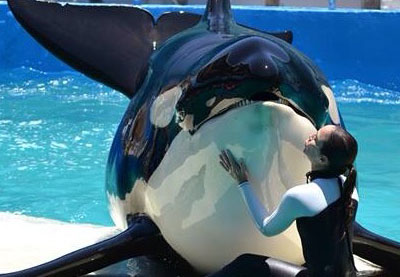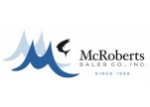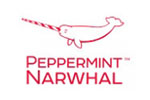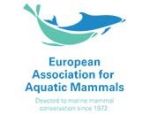
Home / Research & Conservation / Research Grant /
Writing A Scientific Paper
Determine What Publication Style To Use
Decide which Journal(s) you will wish to submit to and download their manuscript composition guidelines from their websites. Determine which publication style is appropriate for the Journal and consistently follow that style throughout the entire manuscript. As an example, Soundings uses APA style (American Psychological Association). Some of the more commonly used style manuals include:
Sections of the Paper
Almost all research papers are composed of seven separate sections including an abstract, introduction, hypothesis, materials & methods, results, discussion, and reference section.
Abstract
An abstract is a concise single paragraph summary of the completed work whereby the reader can learn the rationale behind the study, general approach to the problem, pertinent results, and important conclusions. The abstract is the only text in a research paper to be written without using paragraphs in order to separate major points. Summarize the study succinctly, using the past tense, complete sentences and correct grammar. Include the following elements:
- Purpose of the study - hypothesis, overall question, objective (try to define in one sentence)
- Model organism or system and brief description of the experiment (try to define in one sentence)
- Results, including specific quantitative data and results of statistical analyses
- Important conclusions or questions that follow from the experiment(s)
Introduction
The purpose of an introduction is to acquaint the reader with the rationale behind the work. Provide a complete literary review of the information known about the topic (that both supports and contrasts your hypothesis) placing your work in a theoretical context which enables the reader to understand and appreciate your objectives. Describe the importance (significance) of the study and why it has value. Defend the model and provide a rationale. Explain why you selected this particular organism or system? What are its advantages/disadvantages? You might comment on its suitability from a theoretical point of view as well as indicate practical reasons for using it.
Hypothesis (es)
A hypothesis is an educated guess about how things work. Your hypothesis should be constructed in a way that helps you answer your original research question and be stated in a way that can be easily measured. Your research should have addressed whether your hypothesis is true or false. Describe the reasoning and references that led you to make each hypothesis.
Materials and Methods
Materials and methods may be reported under separate subheadings within this section or can be incorporated together. The objective is to document all specialized materials and general procedures so that another individual may use some or all of the methods in another study or judge the scientific merit of your work. It is not to be a step by step description of everything you did, nor is a methods section a set of instructions. Omit all explanatory information and background, saving this for the discussion. Also avoid including information that is irrelevant to a third party, such as what color ice bucket you used, or which individual logged in the data. Typically, the third person passive voice is used to write this section.
Results
The purpose of a results section is to provide and illustrate your findings using figures and tables which will portray the results most effectively. This section should be a completely objective report of the results and any interpretation of what these results indicate should be reserved for the for the discussion section. Describe each of your results, pointing the reader to observations that are most relevant, however, the text should complement figures and/or tables, not repeat the same information. If applicable, describe results of control experiments and include observations that are not presented in a formal figure or table. Never include raw data or intermediate calculations in a research paper. Do not present the same data more than once. Use the past tense when you refer to your results and put everything in a logical order.
Discussion
The discussion section is used to provide an interpretation of your results and support your conclusions using evidence from your experiment and, if appropriate, from other published literature. As you describe your data be sure to identify mechanisms that may account for the results. If your results differ from your expectations, explain why that may have happened. If your results agree, then describe the theory that the evidence supported. It is never appropriate to simply state that the data agreed with expectations, and let it drop. Decide if the experimental design was properly controlled an if it adequately addressed the hypothesis(es). Describe if each hypothesis was supported, rejected, or if a decision could not be made with confidence, and expand upon the mechanisms that deemed it so. Compare and contrast your research findings with literature review findings and try to offer alternative explanations if possible. One experiment will not answer an overall question, so keeping the big picture in mind, identify what questions remain and suggest areas that need further study.
Literature Cited
List all literature cited in your paper, in alphabetical order, by first author. Only use primary literature (original research articles authored by the original investigators).
Need More Help?
Whether you want to develop a proposal, apply for a grant, write a paper for submission to a peer reviewed journal, or create a PowerPoint presentation for a conference, IMATA’s Research and Conservation Committee has individuals available to assist you every step of the way. Contact IMATA's Research and Conservation Committee Chair, at ResearchConservation@imata.org if you have questions and she will put you in touch with one of the committee members for assistance. Please be sure to provide ample time for assistance as all committee members are volunteers and already have busy schedules.

















